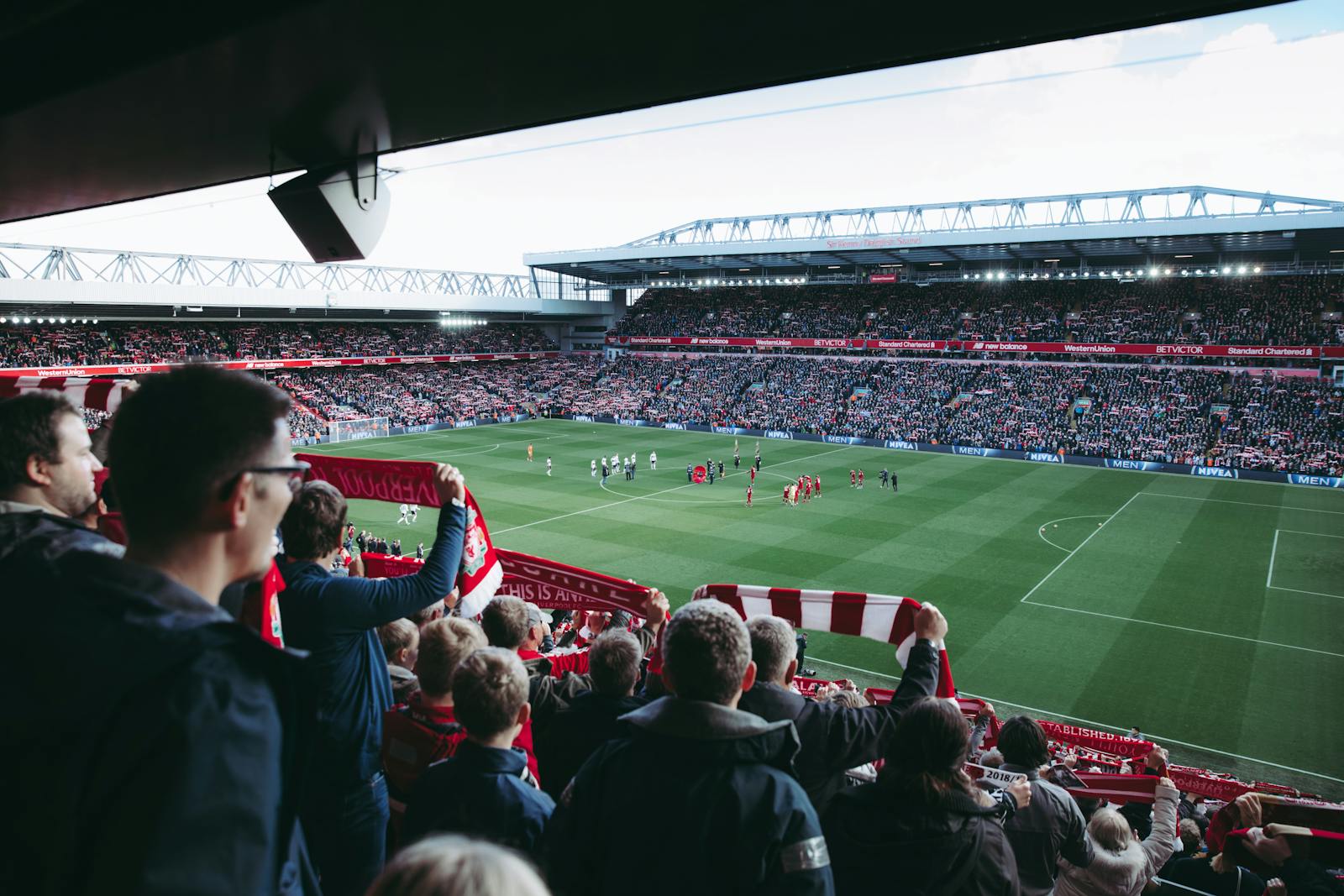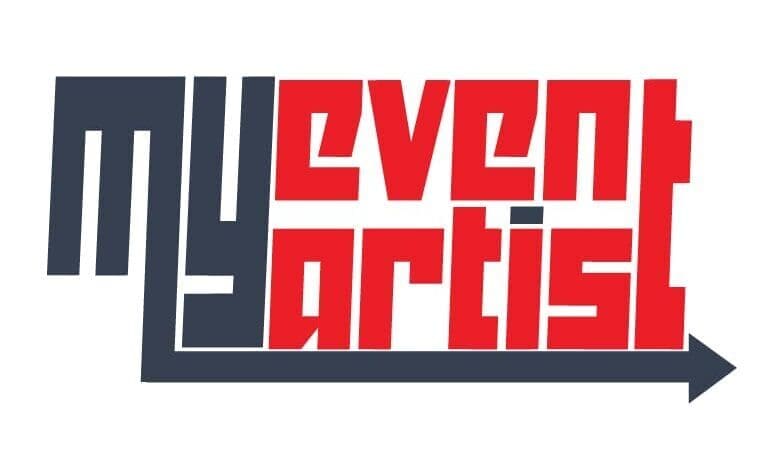In the dynamic world of sports, logos are more than mere symbols. They are potent visual representations that can stir emotions, signify team spirit, and even shape perceptions of a team’s prowess. One of the pivotal elements in logo design is color. The psychology behind color choices can profoundly affect how a sports team is perceived by its fans and rivals. Let’s explore the captivating realm of colors in sports logo design, drawing insights from industry leaders like MyEventArtist and understanding the subtleties that make a logo genuinely unforgettable.
The Historical Context of Colors in Sports
Historically, colors in sports have played a significant role in distinguishing teams and creating a sense of belonging. From the gladiators of ancient Rome to modern-day football clubs, colors have always been a symbol of pride, identity, and allegiance.
The Power of Perception
Colors are not just visual elements; they resonate with emotions. As the renowned artist Pablo Picasso once said, “Colors, like features, follow the changes of the emotions.” In sports, the apt color choice can boost confidence, intimidate opponents, or foster a sense of unity among team members.
Color Psychology in Action
Red: Symbolizes energy, passion, and action. It can suggest aggression, making it a favorite for teams wanting to project power and dominance.
Blue: Denotes trust, loyalty, and tranquility. It’s a hue that implies stability and reliability, often chosen by teams that value their consistent performance and heritage.
Green: Stands for growth, harmony, and vitality. It’s a versatile shade that appeals to a vast audience, often linked to teams with a robust connection to nature or a commitment to evolution.
The Emotional Resonance of Colors
Colors can evoke a wide range of emotions. While brighter colors like yellow and orange can uplift spirits and exude positivity, darker shades like black or navy can convey seriousness, power, or elegance. Understanding this emotional resonance is crucial for teams aiming to connect deeply with their audience.
Cultural and Demographic Considerations
Colors can convey different meanings across cultures. For instance, while white might symbolize purity in many Western nations, it represents mourning in several Eastern cultures. Recognizing these nuances is vital for teams with a diverse fanbase or those aiming for global reach.

Expertise from MyEventArtist
At MyEventArtist, the understanding of color psychology is paramount. The platform offers a plethora of designs that cater to diverse needs, ensuring that the color choices resonate with the intended audience. Whether you’re looking for a logo that exudes energy or one that instills a sense of calm, MyEventArtist has got you covered.
Crafting a Cohesive Image
Choosing the right color is pivotal, but ensuring that the logo design is cohesive is equally important. The color should enhance the other elements of the logo, creating a harmonious image that mirrors the team’s ethos and values.
The Future of Color in Sports Logo Design
With the world becoming increasingly interconnected, understanding global color perceptions will be even more essential. Teams will need to be aware of international sensibilities, especially in the digital age. Moreover, with platforms like MyEventArtist offering a diverse range of designs, the possibilities are endless.
Testimonials
“Working with MyEventArtist transformed our team’s image. Their understanding of color psychology gave our logo an edge, making it resonate deeply with our fans.” – Alex, Soccer Team Manager
Conclusion
The realm of sports is ever-evolving, and so is the domain of logo design. As teams compete for attention and loyalty, the right color choice can be a game-changer. By grasping the psychology of colors and staying updated with global trends, sports teams can design logos that captivate and endure. Ready to make a mark that lasts? Dive into the world of color psychology with MyEventArtist and elevate your team’s brand identity.
FAQs-Frequently Asked Questions
What is the psychology of color in logo design?
The psychology of color in logo design refers to the study of how colors can evoke emotions, perceptions, and reactions in viewers. Different colors can convey different meanings and feelings, influencing how a brand or company is perceived. For instance, blue often signifies trust and reliability, while red can evoke passion and energy.
What is the psychology of Colour in sports?
The psychology of color in sports delves into how different colors can affect an athlete’s performance, the perception of a team, and the emotions of fans. For example, teams wearing red are often perceived as more aggressive or dominant, while blue can convey calmness and strategy. Colors can also influence team spirit and fan loyalty.
What are the colors of sports logo?
The colors of a sports logo vary based on the team’s branding, history, and the emotions they wish to convey. Common colors include red for energy, blue for trust, green for growth, black for power, and yellow for optimism. The choice of color aims to resonate with the team’s identity and connect with fans on an emotional level.
What is the psychology of color in game design?
In game design, the psychology of color is used to influence player emotions, guide actions, and enhance the overall gaming experience. For instance, red might indicate danger or urgency, green can signify health or growth, and blue might represent calm or magic. The choice of colors can also set the mood of the game, from vibrant and energetic to dark and mysterious.




Leave a Reply